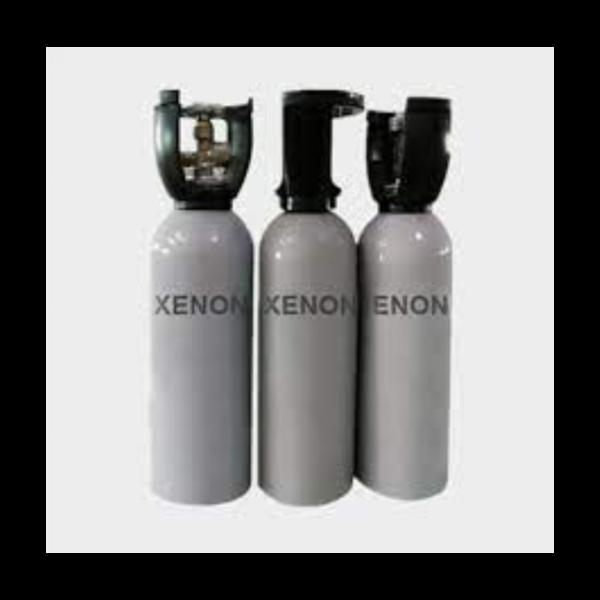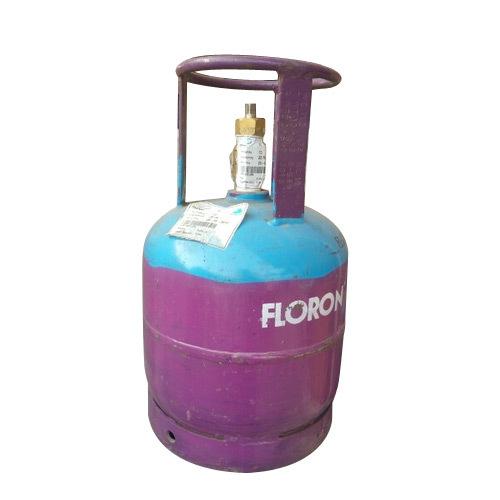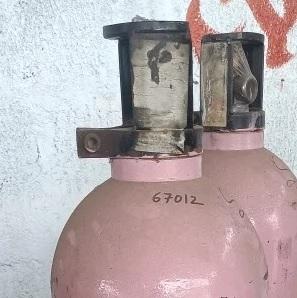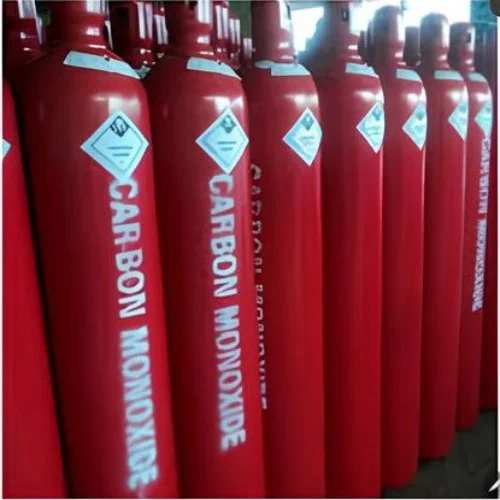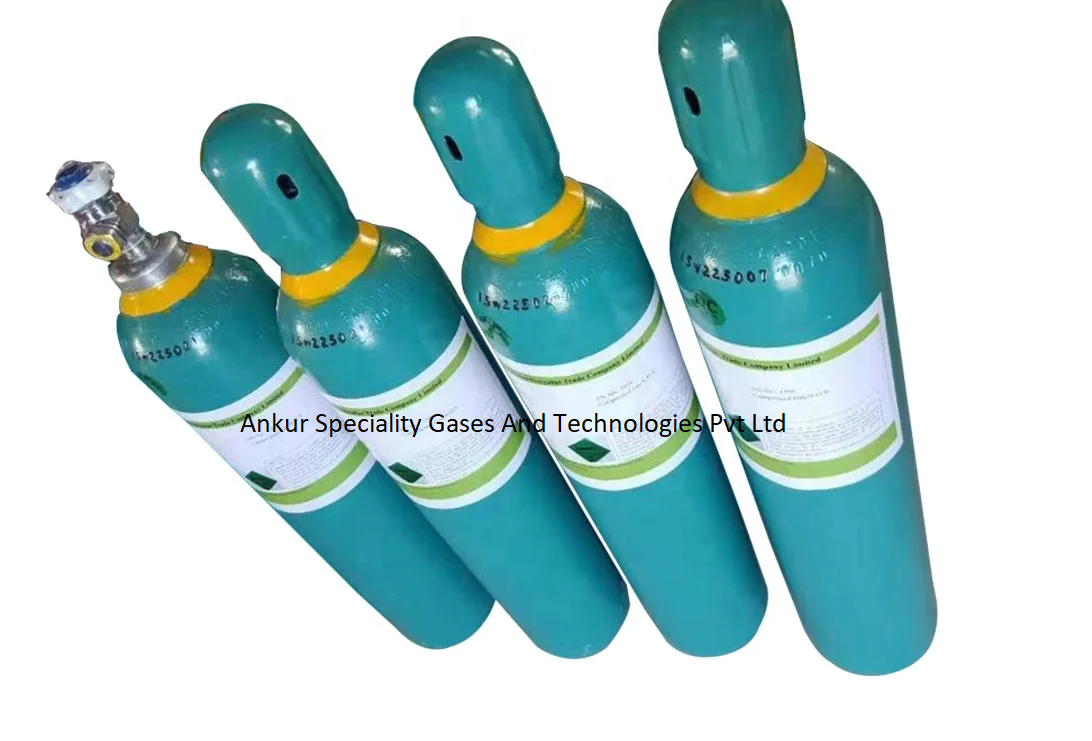
A noble gas (argon, krypton, or xenon)
A halogen gas (fluorine, chlorine, or bromine)
A buffer gas (typically neon or helium)
Excimer lasers rely on the interaction between the noble gas and the halogen gas to produce a high-powered beam. The current source pumps the gas medium using very short, high voltage pulses transmitted through metal electrodes; the pulse excites the gas atoms and causes them to fuse together into atomic pairs called dimers. (The term "excimer" stands for excited dimer.) For example, pumping an argon flouride (ArF) laser causes asymmetric molecules of ArF to form. Excimers only remain bound in an excited state, so that following the pulsed electrical discharge the atoms separate once again. While active, though, the excimers emit a burst of electromagnetic radiation before quickly dissociating into separate gases.
Keywords
neon
term
burst
xenon
helium
krypton
example
bromine
chlorine
Excimers
fluorine
noble gas
gas atoms
buffer gas
gas medium
ArF) laser
interaction
halogen gas
atomic pairs
excited state
excited dimer
Excimer lasers
separate gases
current source
argon flouride
metal electrodes
high-powered beam
asymmetric molecules
electromagnetic radiation
short, high voltage pulses
pulsed electrical discharge

